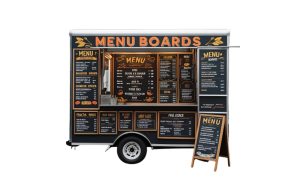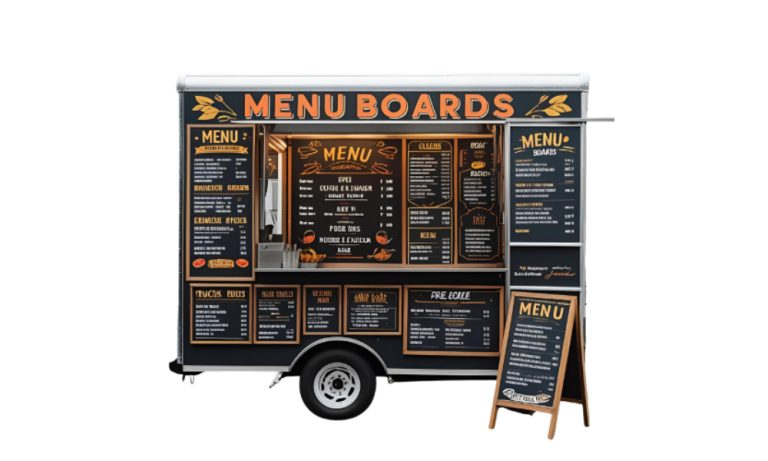Did you know that 78% of the people who planned to shop during the 2018 holiday season planned to shop during the Black Friday/ Cyber Monday weekend? Or that 60% of shoppers planned to shop online-only stores? Or that 20% to 40% of the sales that small retailers will make this year will be made during the last two months of the year?
These stats, particularly the last one, demonstrate how important it is for online retailers/ marketers to have some kind of holiday sales campaign in place. The problem for many retailers/ marketers, though, isn’t so much that they don’t know how effective holiday campaigns are. Rather, they don’t always know what kind of holiday campaign to do.
Maybe you count yourself among them. If so, read on. If you need to find inspiration for your holiday marketing campaign, the next five examples will inspire you to take your holiday campaign to the next level.
- Appealing to the Kid at Heart
Macy’s Holiday campaign speaks to the kid in all of us. It’s a brilliant peace of marketing that combines a child’s belief in Santa Claus with some logical do-gooding. In this case, Macy’s Believe gives children a place to write to Santa. For each letter it receives for Santa, the company donates a dollar to the Make-A-Wish Foundation.
This campaign does a couple of things. First, it taps into the nostalgia that people still feel about Santa. It also reaches back into history: It reminds people of the movie “A Miracle on 34th Street,” which among other things, put Macy’s on the map as the place to go to get your wishes fulfilled by Santa, no matter how impossible they seemed.
Additionally, the campaign is interactive. It doesn’t cost anything for the kids to write to Santa, but it does encourage them to get involved. In other words, it provides engagement. Kids understand what having wishes is like. Santa grants wishes. So does Make-A-Wish.
Finally, the Macy’s campaign taps into the power of cause-related marketing. There is a reason why cause-related marketing is so effective, according to Entrepreneur.com. Cause-related marketing provides solutions to people’s problems and offers ways to “make the globalized world a better place.”
And it seems to be working for Macy’s. Thus far, the company’s Believe campaign has raised over $2,000,000 for Make-A-Wish.
- Gift Guides
Gift guides count as among the most popular types of holiday campaigns. Target has run this type of campaign in the past and it’s among the cleverest out there, partly due to its simplicity.
Holiday campaigns like these address some very real issues that shoppers have: Namely, they don’t always know what to buy for their family and friends during the holidays. Target’s campaign includes not only recommendations for products, but also accessory products to go with them.
Here’s an example. Let’s say you’re the buyer and you want to find the perfect sweater for your grandma. The best online gift guides will not only show you the right sweater in about six colors, but the guide will also give you some ideas for matching socks, gloves, and hats.
If you run an online commerce site and want to do a gift guide, you can simplify the process by using the services of a company like Magento services. This company’s Adanced Product Options Suite allows you to set up templates that allow you to change the color of your sweater (or other gift guide products), set pricing options for each product, and to create a visual presentation of each product with the click of a button.
- Offer a Giveaway or Contest
Everyone likes free stuff. And everyone likes to win. That’s what makes contests and giveaways so appealing.
Understandably, it is a powerful way to attract new visitors to your store and to build a mailing list. Basically, an online contest or giveaway leverages people’s desire to get something of value to them for free in exchange for an email address.
You can maximize your contest’s or giveaway’s potential by pairing it with another event, like Halloween or Christmas. For example, a Halloween giveaway could include a free digital download of a remastered classic horror movie that’s in the public domain or an ebook that features some of your staff’s favorite Halloween cookie recipes.
- Email Marketing
According to The Harvard Business Review, it costs you up to 25% more to acquire a new customer than it does to take care of an existing customer. Further, the lifetime value of a customer can be quite significant. For example, the average lifetime value of a Starbucks’ customer is over $25,000, according to HubSpot.
So, what does this have to do with email marketing? A great deal, it turns out. There’s a reason you’ve taken the time to collect all of those emails. It’s a marketing truism that it’s easier to sell to someone who has already bought something from you than to try to make a lot of money on one that’s not yet your customer.
The key to making money from your email list is finding your niche and then furthering segmenting your the people in your niche into smaller groups. Let’s say you sell custom T-shirts and you have customers that separately buy superhero T-shirts, positive saying T-shirts, and rock band T-shirts. You’d send specific emails to each of these segments.
In other words, if you’re having a sale on T-shirts featuring Wonder Woman and Captain America, you send out an email to those customers who indicated that they like superhero T-shirts.
This kind of offer would be another place you could automate with Magento services Adanced Product Options Suite for more efficiency. Create templates that feature shirts of different colors and add the image onto each T-shirt with the click of a button. Same goes with changing the picture for the different colors of T-shirt. Anytime you can automate something, your holiday campaign will go faster and more smoothly.
It also helps to make the offer time sensitive. For example, Old Navy will send an email to its customers, telling them about a limited time 40% off promotion. The limited-time offer forces those customers to order or miss the deal.
- Piggyback Marketing
Piggyback marketing is where two complementary brands share advertising costs and email lists to create a campaign that’s more powerful and profitable than either party could create on its own.
The trick to piggyback marketing is to work with a company that sells a product that’s complementary to yours. One of the most brilliant online marketing campaigns of this sort came from Hollywood. The marketing for “The Hunger Games” movie franchise featured many piggyback marketing schemes, including one that featured a partnership with CoverGirl.
CoverGirl created a makeup line that the people who lived in the Capitol of Panem would wear. (Panem is the fictional name of the United States in the far future.) The makeup line advertising featured a flashy-colored line as well as the likenesses of the movie’s actors, presumably wearing the makeup. This piggyback strategy combined the reach of CoverGirl with the reach of Hollywood and more specifically, the reach of the fans of “The Hunger Games” books and movies.
Much of this marketing campaign took place online, with the movie and makeup companies marketing the promotion via social media, YouTube videos, and other online methods. It can be adapted to nearly any kind of media, however.
For marketers like you, this type of marketing campaign would work very well for a holiday promo. Let’s say that you own a small company that makes doggy treats and you’ve decided to make some Christmas-themed doggy treats. You could piggyback with a local vet for a free holiday checkup visit or with a company that makes doggy sweaters for Christmas.
Final Thoughts
There are many ways you can use holiday campaigns to inspire your online shop. From cause-related marketing to contests and giveaways, you’ll find a marketing method that will work with your business. The key is to plan these campaigns ahead and to take a cue from some of the most brilliantly-executed holiday campaigns that have been run in the past, like those featured in this blog post.













